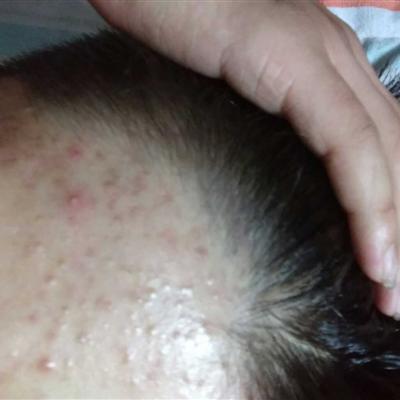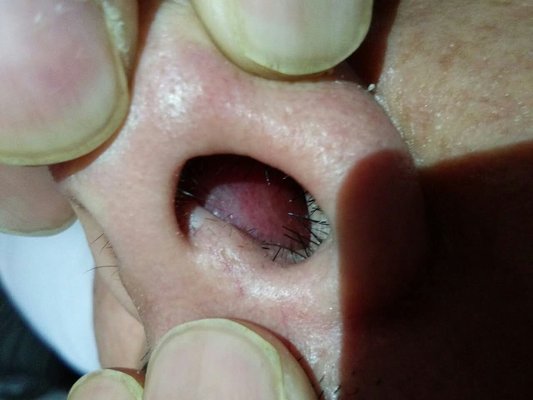How is vulva tuberculosis treated?
summary
Tuberculosis can occur in any part, but in addition to the lungs, many other parts are generally metastatic. Many times you feel that you have vulvar tuberculosis for no reason. In fact, we didn't pay attention to the incubation period of this disease, and finally the disease occurred. So let's share how to treat vulvar tuberculosis?.
How is vulva tuberculosis treated?
First, systemic drug therapy should follow the principle of early, combined, regular, appropriate and whole course. In recent years, rifampicin, isoniazid, ethambutol, pyrazinamide and other antituberculous drugs have been used in the treatment of tuberculosis. The course of treatment has been shortened to 6-9 months, and good results have been achieved. The commonly used anti tuberculosis drugs are as follows: (1) rifampicin has obvious bactericidal effect on Mycobacterium tuberculosis. Its effect is similar to isoniazid, stronger than streptomycin and ethambutol. It has no cross resistance with other anti tuberculosis drugs. It is often used in combination with isoniazid and ethambutol to strengthen and delay the emergence of drug resistance. The oral absorption was 90% - 95%, the half-life was 2-5 h, and the effective serum concentration was maintained for 6 h. 450-600 mg / D, taken before breakfast, easy to absorb. Adverse reactions are mild, mainly damage to the liver, the pregnant women have the potential to cause fetal malformation, so avoid early pregnancy. The effect and adverse reaction of rifampicin were similar to that of rifampicin. The dosage of rifampicin was 150-200mg / D, and it was taken before breakfast. There is cross resistance with rifampicin. Pregnant women should not use it. (2) isoniazid: it has strong bactericidal effect on Mycobacterium tuberculosis, small dosage, small oral adverse reactions and low price. It is a widely used anti tuberculosis drug. When combined with other anti tuberculosis drugs, it can reduce the occurrence of drug resistance, and has synergistic effect and improve the curative effect. 300mg/d。 Take a meal. (3) streptomycin: intramuscular injection, once a day, single use of streptomycin is easy to produce drug resistance, more combined with other anti tuberculosis drugs. Long term use can lead to dizziness, mouth numbness, numbness of limbs, tinnitus, severe cases can lead to deafness and other adverse reactions. Elderly women should use it with caution. (4) ethambutol: it has inhibitory effect on Mycobacterium tuberculosis, and has no cross resistance with other anti tuberculosis drugs. Combined use can enhance the curative effect, delay the emergence of drug resistance, and oral absorption is about 80%. 75 g / d. The main adverse reaction was retrobulbar optic neuritis, the incidence was 0.8%. It was easy to occur in large dose, and it could recover after drug withdrawal. (5) pyrazinamide: 1.5g/d, three times orally. It has high toxicity, easy to produce drug resistance and less bacteriostatic effect than streptomycin. However, it is effective for the slow-growing Mycobacterium tuberculosis in cells, and combined with other anti tuberculosis drugs can shorten the course of treatment. The current short course of treatment: ① streptomycin, rifampicin, isoniazid and pyrazinamide were used for 2 months every day, and isoniazid and rifampicin were used continuously for 4 months. (2) streptomycin, rifampicin, isoniazid and pyrazinamide were combined daily for 2 months, then isoniazid, rifampicin and ethambutol were taken three times a week for 6 months. (3) streptomycin, rifampicin, isoniazid and ethambutol were taken orally every day for 2 months, and then isoniazid and rifampicin were given three times a week for 4 months. Including systemic support therapy and anti tuberculosis drug treatment. Antituberculous drugs such as streptomycin, isoniazid and p-aminosalicylic acid are effective, which can be combined with two or three drugs. Streptomycin 0.5g intramuscular injection, twice a day, lasting for 2-3 months, can be injected 2-3 times a week, the total amount depends on the patient's condition, at least 30g. Isoniazid 100mg, three times a day, can be used for one year. The dosage of p-aminosalicylic acid was 8-12g / D, taken four times. Pay attention to the side effects of drugs in the process of treatment.

Second: local treatment, local keep dry, clean, as far as possible to avoid secondary infection of other pathogens; If it is estimated that the lesion can be resected completely at one time, local lesion resection should be performed on the basis of systemic anti tuberculosis treatment.

Third: surgical treatment, resection when necessary. (1) operation time and preparation: anti tuberculosis drugs were used for 1-2 months before operation to avoid the spread of infection during operation. Because the adhesion caused by genital tuberculosis is often extensive and close, oral intestinal disinfection drugs and cleaning enema should be taken before operation. (2) medication after operation: general patients have used a course of treatment and chemotherapy before operation. If the uterus and bilateral appendages are completely removed during the operation, in addition to tuberculosis in the lung or other organs, anti tuberculosis drugs should be continued. Generally, drugs can be given for about one month after the operation.

matters needing attention
We will face birth, aging and death, which everyone has to face, is inevitable, in the face of vulvar tuberculosis, then we should protect our body. There are many ways of health care, we can adjust according to our own physical condition.

















